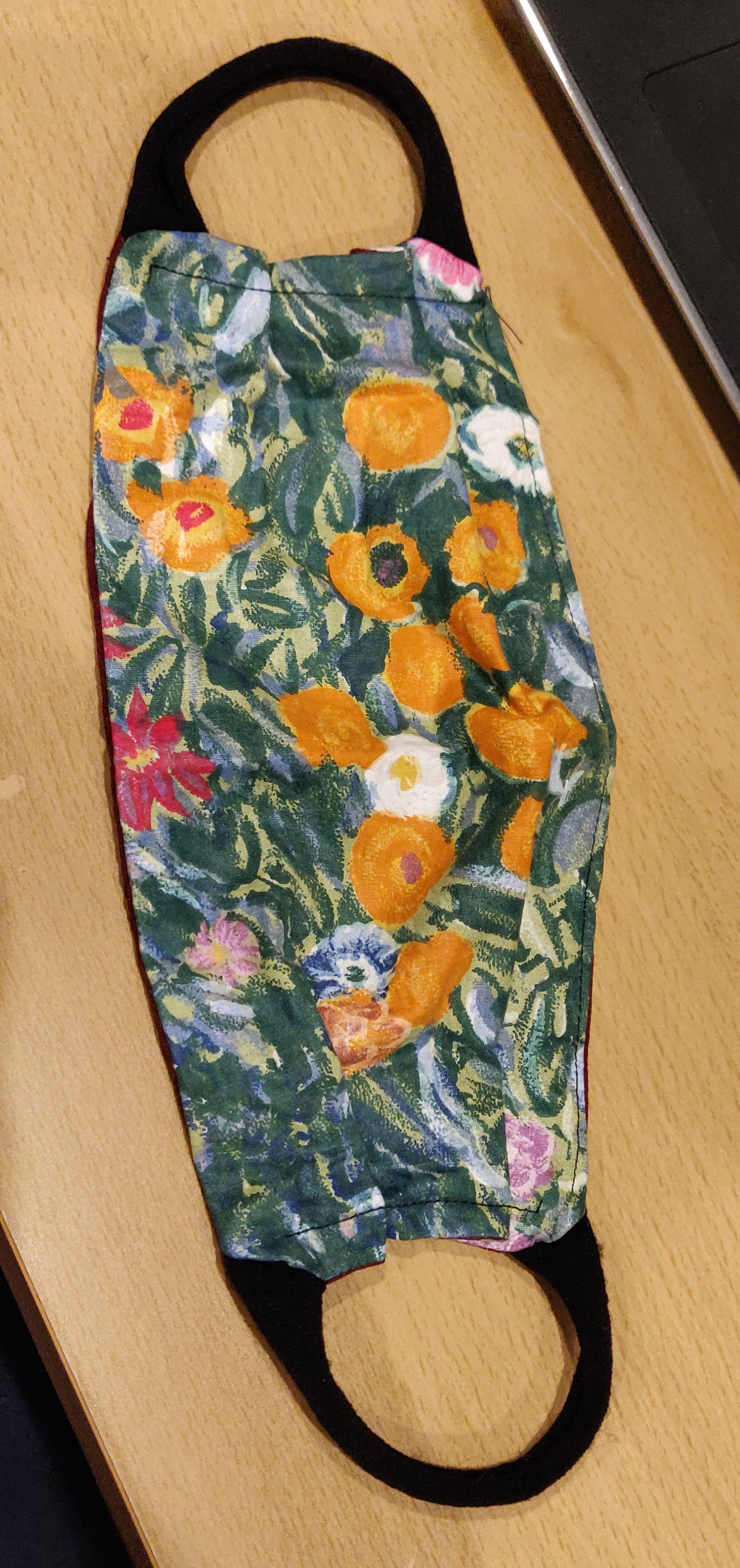Context:
PH is a 20 year-old student who lives in San Diego, California. She learned about the folk creature of the dropbear through her friend who is from Australia. She told me about it in an interview.
Text:
PH: my Australian friend tried to convince any non-Australian person she met about the existence of dropbears. This one is quite famous, I already knew about it. The fact that it’s so famous though made it easier to convince people because you can google dropbears and there’s a wikipedia page and lots of pictures so it seems legit. The pictures are all faked. The wikipedia page is actually about dropbears as folklore but at first glance it just looks real. Dropbears are koalas except carnivorous and vicious with very pointy teeth, they drop out of trees and attack people. Honestly almost every time my friend mentioned them to people she convinced them of their existence. It was always fun watching her casually do it to people. When we ran into other Australians she would mention dropbears and they would laugh and keep up the ruse.
Thoughts:
The legend of the dropbear plays into the exported national image of Australia as a land full of wild and strange creatures. People believe the informant’s friend when she tells them about dropbears because they don’t know any better, they assume that it’s true because they know that “there’s a lot of weird animals in Australia.” The informant’s Australian friend clearly takes joy in exploiting this popular representation of Australia and tries to convince people of something that is totally made up. It is something, according to this informant, that Australians seem to be “in on.” They know better but they like to perpetuate belief in the legend.
The idea of the dropbear, a hidden, dangerous creature that descends upon the unsuspecting walker at any moment, reveals anxiety about the unknown creatures in the woods. The jungle is a place of rich and dense biodiversity, and a lot of creatures can be dangerous. This legend reflects the anxiety of facing them. Moreover, foreigners’ gullibility with respect to the dropbear reflects the anxiety about encountering a national other, one characterized by wildness, the jungle, and primitivity. The Australian telling the story then stands in for this other, from a far off and unfamiliar land. The story also gives its tellers some national pride in being Australians.

